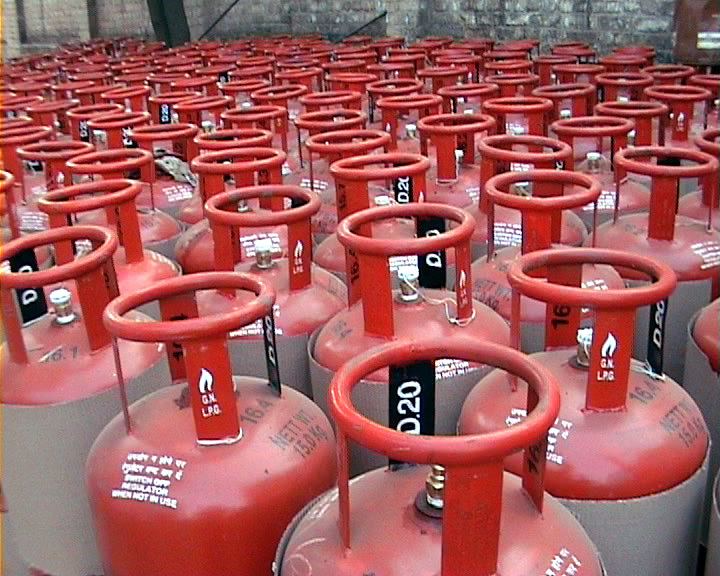 | ||
Energy in India describes energy and electricity production, consumption and import in India. Energy policy of India describes the policies and strategies of India for achieving sustainable energy security to its people. Electricity sector in India is the main article of electricity in India. The Ministry of New and Renewable Energy provides data regarding progress in the non-conventional energy sector.
Contents
Since 2013, total primary energy consumption in India has been the third highest in the world after China and the United States. India is the second top coal consumer in the year 2015 after China. India ranks third in oil consumption with 195.5 million tons in 2015 after the United States and China. India is net energy importer to meet nearly 45% of its total primary energy.
Coal
India was the third top coal producer in 2015 with 283.9 Mtoe (7.4% global share). Nearly 80% of total electricity generated (utility and captive) in India is from coal.
According to Greenpeace the largest coal belt in India is at Jharia. Before coal mining Jharia had forests inhabited by tribes. In 1971 the coal mines were nationalised. Bharat Coking Coal Limited (BCCL) took over Jharia coal mines.
India accounts for the world’s greatest concentration of coal seam fires. Mine area suffers from pollution of air, water and land.
Oil and natural gas
India was the fourth top net crude oil (including crude oil products) importer of 163 Mt in 2015. India has 4.561 million barrels per day (5.7% of the world) crude oil refinery capacity which is ranked 4th globally.
Liquefied petroleum gas
Nearly 8.1 million tons Liquefied Petroleum Gas (LPG) was consumed during the year 2015 in domestic sector mainly for cooking. The number of domestic connections are 191 million with a circulation of more than 250 million LPG cylinders whose net aggregate length would form a 125,000 km long pipe line which is more than the length of total railway track laid in India. Most of the LPG requirement is imported. Piped city gas supply in India is not yet developed on major scale.
Biomass and charcoal
Biomass is a renewable energy source and its use for energy generation is carbon-neutral fuel. It is carbon neutral because it would also release global warming green house gasses like methane and carbon dioxide when it is left to degenerate without using as energy source. Two thirds of house holds in India use biomass and charcoal for cooking purpose. In addition biomass is also used marginally in commercial cooking, electricity generation, process industries, etc. The total biomass use in India is nearly 177 Mtoe in the year 2013. Substantial surplus crop residue is also burnt in agriculture fields for clearing the land for the next crop. Nearly 750 million tons of non edible (by cattle) biomass is available annually in India which can be put to use for higher value addition.
Huge quantity of imported coal is being used in pulverised coal-fired power stations. Raw biomass is not suitable for use in the pulverised coal mills as they are difficult to grind into fine powder due to caking problem. However 100% biomass can be fired after Torrefaction in the pulverised coal mills for replacing imported coal. Torrefied biomass plants can be integrated with existing pulverised coal-fired power stations using the available hot flue gas as heat source. Cofiring dry biomass up to 20% heat input with coal is also possible directly in pulverised coal-fired power stations without facing caking problem. North west and southern regions can replace imported coal use with biomass where surplus agriculture/crop residue biomass is burnt in the fields causing pollution problems. As traditional use of biomass is being replaced by LPG at faster pace, biomass burning in agriculture fields would become major source for causing higher level air pollution.
Electricity
India was the third top electricity producer in the world 1272 TWh in FY 2014–15. By 2013, India became the world's third largest producer of electricity with 4.8% global share, surpassing Japan and Russia. India ranks 7th globally in hydropower generation during the year 2015.
